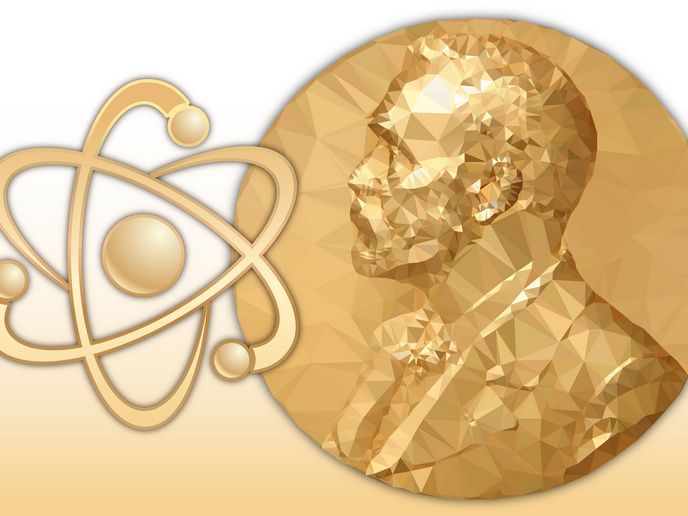Research provides telltale signs of dark matter and of black hole imprints on gravitational waves
The landmark discovery of the first direct evidence of gravitational waves or ripples in space-time produced by colliding black holes provides a valuable new window on the exotic physics at play during the Universe’s obscure first moments. Gravitational waves(opens in new window) could throw light on profound mysteries such as the nature of dark matter. What’s more, they could offer a way to fit gravity into quantum mechanics. Quantum gravity would raise fascinating questions: Would a classical description of quantum black holes remain a good approximation? “Certain quantum effects could even prevent black holes from forming at all,” notes Vitor Cardoso, coordinator of the EU-funded MaGRaTh project. MaGRaTh was established to make precise predictions of all these fundamental physical phenomena that could be tested using gravitational wave data.
Do black holes really exist?
Observations of astrophysical objects with strong gravitational fields and, therefore, great space-time curvatures could point to the presence of new fundamental fields and yet undiscovered particles. The search for answers related to the underlying physics of strong gravitational fields guided MaGRaTh research into the borderlands between black holes and dark matter. “We focused on understanding how strong gravitational fields behave near massive objects such as black holes. Did gravitational wave data really reveal the presence of black holes? If so, how does matter respond close to these massive objects?” asks Cardoso. If black holes truly exist, they should make the perfect laboratory for studying the surrounding environment. “They could be the ideal detectors of new types of matter that add to the gravitation caused by the visible matter – they could actually be the hidden dark matter,” adds Cardoso.
Ruling out black hole mimickers
MaGRaTh reported surprising results that prove which dark, massive objects emitting gravitational waves could indeed be black holes. “Black holes are noted for their ability to swallow light or anything else in their path. But this fate awaits radiation/particles that get sucked past a point called the event horizon,” explains Cardoso. The existence of an event horizon is the distinctive difference between black holes and exotic compact objects that seemingly act like black holes. “We discovered that black hole mimickers produce ‘echoes’ in the emitted gravitational waves. Such echo signals are weaker versions of the main burst and have a different frequency spectrum. Importantly, they constitute smoking-gun evidence of black hole mimickers.”
Solving Einstein’s equations for new forms of matter
From these black hole mimickers popping up in gravitational wave data, researchers used Einstein’s equations to describe their behaviour and investigate how they differ from black holes. Going a step further, Cardoso and his team conducted simulations to model how non-standard matter behaves around black holes. “If new forms of matter exist, which is their imprint on black holes?” asks Cardoso. This is an exciting yet tough question; Einstein’s equations are non-linear and get much more complicated when no approximations are used to solve them. Project findings regarding the interactions between dark matter and black holes are reported in numerous publications. “A surprising finding was that certain types of dark matter can suck almost the entire rotational energy of black holes, really slowing them down!” notes Cardoso. MaGRaTh data provide clear signatures for new physics. The research seems to be strengthening the team’s claims of black hole presence and could eventually help astronomers discover or rule out dark matter candidates. “Supercomputer simulations do a large part of our work, but the imaginative part and working out the consequences lie entirely in our hands!” Cardoso concludes.







